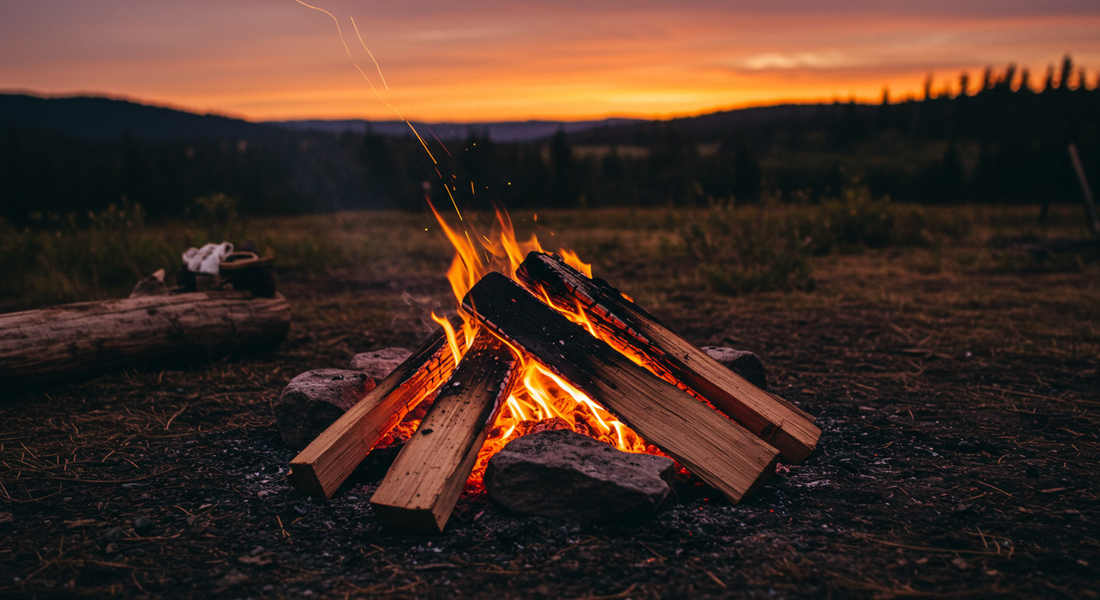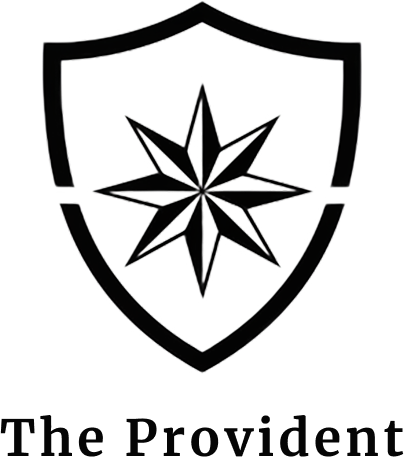
The Art of Fire: Mastering 3 Essential Fire-Starting Methods
Share

Of all the survival skills one can learn, the ability to make fire is arguably the most critical. Fire is a multi-tool in its own right; it provides warmth to stave off hypothermia, a means to cook food and purify water, a signal to rescuers, and a powerful psychological boost to morale. Mastering fire making skills is a fundamental step toward self-reliance. But before you can create a flame, you must understand its basic components: the Fire Triangle. For a fire to exist, it needs three things: Fuel (what burns), Heat (to start the reaction), and Oxygen (to sustain it). Remove any one of these, and the fire dies.
Sourcing Your Materials
A successful fire is built in stages, using progressively larger types of fuel. Preparation is key; you should have a good supply of all three ready before you ever attempt to strike a spark.
-
Tinder: This is your finest, driest material that will ignite with a single spark. Think of things that are fluffy and have a lot of surface area to catch the heat: cotton balls (especially with petroleum jelly), dryer lint, finely shredded birch bark, cattail fluff, fatwood shavings, or commercial fire-starting plugs. In wet conditions, finding dry tinder is your biggest challenge.
-
Kindling: This is a bundle of small sticks, typically ranging from the diameter of a matchstick up to the thickness of your thumb. It’s used to build the fire up from the initial flame in the tinder. Softwoods like pine or cedar make excellent kindling as they catch fire quickly. If the wood is damp, use your knife to shave off the wet bark and create "feather sticks" by carving thin curls into the wood to expose the dry interior.
-
Fuelwood: This is the larger wood that will sustain your fire. It should be gathered in various sizes, from wrist-thick branches to larger logs that will burn for a long time. Hardwoods like oak and maple are excellent for creating long-lasting coals for cooking and warmth.
Method 1: The Modern Method (Bic Lighter & Waterproof Matches)
The easiest and most common way how to start a fire is with modern, reliable tools.
-
Pros and Cons: A simple Bic lighter is incredibly efficient, providing thousands of direct flames with minimal effort. Waterproof or "stormproof" matches are also excellent and will stay lit even in strong wind and heavy rain. Their main drawback is that they are finite. Lighters can run out of fuel, break, or fail when cold and wet, and you only have a limited number of matches.
-
Reliability Tips: Never rely on just one. Always carry multiple lighters in different places (e.g., one in your pocket to stay warm, one in a waterproof bag in your pack). Store matches in a robust waterproof container with a dedicated striker or a piece of sandpaper.
Method 2: The Prepper's Choice (Ferrocerium Rod)
For dependable survival fire starting, nothing beats a ferrocerium (ferro) rod. This is the ultimate backup because it is not affected by water, altitude, or temperature and can generate thousands of strikes.
-
Why It's Dependable: A ferro rod is a man-made metallic material that creates a shower of incredibly hot sparks (around 3,000°F / 1,650°C) when scraped with a sharp, hard edge. The ferro rod vs lighter debate often ends here for preppers, as the rod's reliability is unmatched in harsh conditions.
-
How to Use It:
-
Prepare a generous, bird's nest-sized bundle of your finest tinder.
-
Kneel down to shield the tinder from the wind. Place the tip of the ferro rod firmly down into one side of the tinder bundle.
-
Take your striker (the 90-degree spine of a knife is better than most included strikers) and hold it at a 45-degree angle to the rod.
-
With firm, steady pressure, scrape the striker down the entire length of the rod, directing the shower of white-hot sparks directly into the tinder.
-
Once the tinder ignites into a small flame, gently shield it and bring your smallest kindling to the flame, adding slightly larger pieces as the fire grows.
-
Method 3: The Natural Method (Brief introduction to Bow Drill)
The most advanced and challenging method is creating fire by friction, a skill practiced for millennia. The bow drill is a classic example of this.
-
Understanding the Principles: The bow drill method uses a bow to rapidly spin a wooden spindle in a small depression on a fireboard. The intense friction grinds the wood into a fine, black powder and heats it until a glowing ember is formed. This ember is then carefully transferred to a tinder bundle and gently blown into a full flame. While it is a vital skill to understand conceptually, it requires significant practice, physical effort, and knowledge of the right types of wood to master.
Conclusion: Practice and Redundancy
Knowing the theory is one thing; having the practical, muscle-memory skill is another. The most important step you can take is to practice these methods regularly in a safe, controlled environment. Build a dedicated fire kit that includes your chosen tools, tinder, and a small ferro rod. The golden rule of survival is redundancy. Never rely on a single method. Always carry at least three ways to start a fire. A lighter, a ferro rod, and waterproof matches create a layered, robust system that ensures you can create that life-sustaining flame when you need it most.
